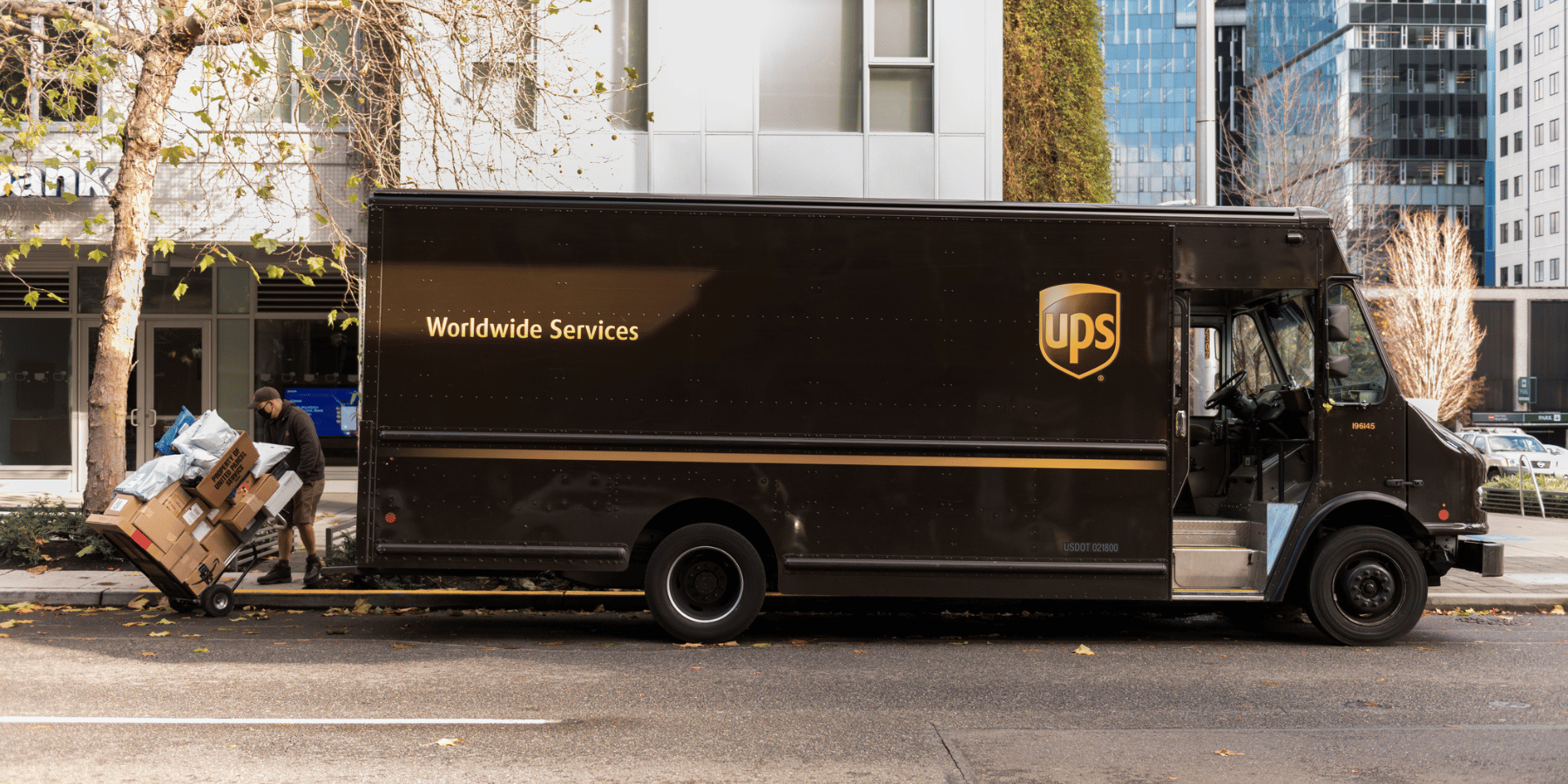Recently, our CEO Karen Baker published an advice article highlighting a few tips for folks trying to navigate the ins and outs of running an eCommerce business in the turbulent days of 2020.
Today, we’re expanding on her advice and offering a guide to pulse-checking your shipping strategy.
By now, you’ve probably figured it out: running an ecommerce business in 2020 is unlike doing so in any other time period in history. In the last several months, merchants have gotten creative in their efforts to give back – and to stay above water. Companies like Tito’s Vodka and Froggy Fog took the opportunity to modify their production lines to start pumping out hand sanitizer. Other merchants have doubled down on their efforts to keep up with online orders despite shipping delays and concerns. Whether large or small, virtually every ecommerce merchant is doing something differently during this time of change.
While so much of our lives and businesses are being decided by forces outside our control, there are plenty of steps you can take to stay aware of and optimize on your website. One great place to start is with a checkup of your current shipping strategy and checkout experience.
Take a look at the big picture
While small businesses always compare themselves to players like Amazon, consumers are actually spending more on SMBs than ever before. In fact, Amazon has so far lost 8% of their ecommerce market share this year.
Meanwhile, smaller businesses have seen massive growth, like ShipperHQ customer Donald Russell which has seen 360% revenue growth year over year since quarantine measures have been in place. This growth hasn’t been the result of major operational changes, but a good old-fashioned spike in demand for the high-end butcher’s home-delivered products.
So how do you position your business to grow, rather than regress, during this challenging period for all retailers? Start by asking yourself some tough questions.
7 Shipping Strategy Questions to Ask Yourself:
1. Am I showing customers clear delivery dates within checkout?
In 2020, delivery dates are crucial to the customer experience. No longer is a date range (4-6 business days) enough to convert a customer. They expect clear dates (“arrives Tuesday, the 23rd”) and they expect those dates to be upheld. If your carriers are falling short, it may be time to re-evaluate.
2. Is free shipping losing me money?
If you’re not using free shipping as a promotion to push up cart value, you’re selling yourself short. Yes, your customers absolutely do want free shipping, but they’re also willing to pay for it in other ways; e.g. buying more from you. Don’t just give away free shipping; make it an integral part of your revenue strategy as well.
3. Are you charging appropriately for expedited shipping?
The kind of customers who want their orders here and now are more likely to be the type who are willing to pay more for it. Offering multiple shipping speeds is a great way to offer these customers what they want, at a cost, without hurting your bottom line. Add a surcharge for expedited shipping, and you’ll find that not only are eager customers willing to pay it, but they’ll also offset the cost of offering free shipping to others.
4. Are my lead times causing customers to run away?
If you’re shopping for something special – whether a new pair of pumps or houseplants– nothing kills the excitement quite like seeing ‘Ships in 10 business days’ at checkout when you’re eyeing that must-have item, despite its actual time sensitivity. To offset this, set up lead times that can accommodate for those eager beavers while keeping cost low for standard shipping customers. Again, the folks who want their stuff fast are willing to pay for it, and putting a price on this expedited time on your own end will keep the number of orders down while compensating you for the extra time required. If you want to promote free shipping on your site, consider treating it as an “economy” option, displaying the lead time required and then showing a paid option as “standard” shipping, which arrives much sooner.
5. Am I giving local customers the chance to pick up orders in-store?
If you’ve got a storefront and a local customer base, you should seriously consider offering curbside or in-store pickup. It maximizes the channels you’re offering, while also offering the benefit of faster shipping without residential delivery fees. You’ll also be welcoming foot traffic into your store, potentially providing even more business, even reaching buyers who prioritize shopping local. To boot, it’s a great way to connect with your community and get a better feel for what customers want. If you introduce a in-store pickup offering, be sure to advertise it where people search for brick and mortar stores, like Yelp or local resource sites.
6. Am I taking advantage of new services from my carriers?
UPS and FedEx have launched other alternate options like FedEx’s Hold At Location, which lets your customers pick up their package at a time and place that works for them, shortening transit times and thwarting porch thieves all the while. Many carriers offer similar services or other methods of alternate delivery. Be sure you understand what your carriers offer and how these solutions can work into your strategy.
7. Do I need an international shipping strategy?
If you don’t ship products overseas regularly at the moment, don’t feel pressure to put international sales in place right away. Evaluate the effect the change would have on your business, and don’t be afraid to make it a task for 2021.
Of course, if you’re already shipping internationally – but doing so without a strategy – now’s the time to put one in place. With customs, taxes, duties and restrictions, having a strong handle on your international presence is vital to its success. If you’re just starting out, get some guidance here, or reach out to us to see how the ShipperHQ platform can help with the logistics of international shipping.
Wrapping up
Feeling better yet? Perhaps you’re now just intimidated by the areas that need attention, but don’t fear, faithful merchant! You’ve got this, and we’ve got your back. Whatever questions you’ve got about your shipping strategy or about how to better leverage your shipping tools, we can help.
Reach out to us, or thumb through our robust knowledge base for guidance on the seven questions above, plus much more.






